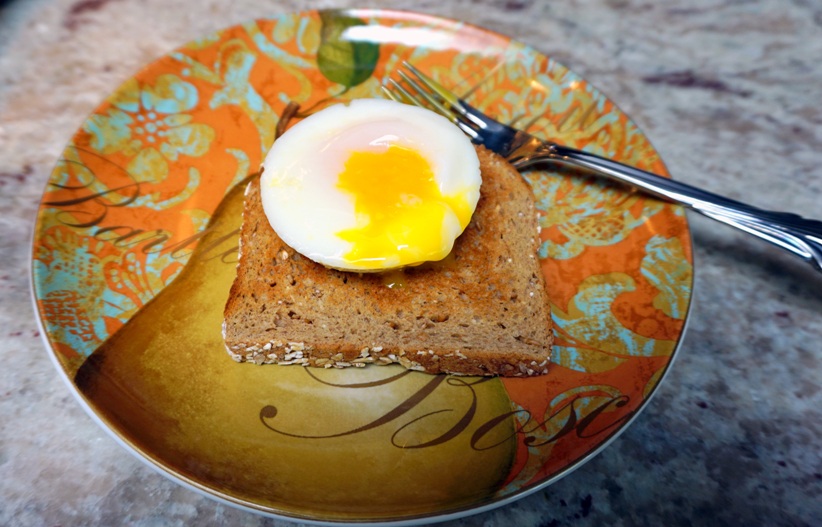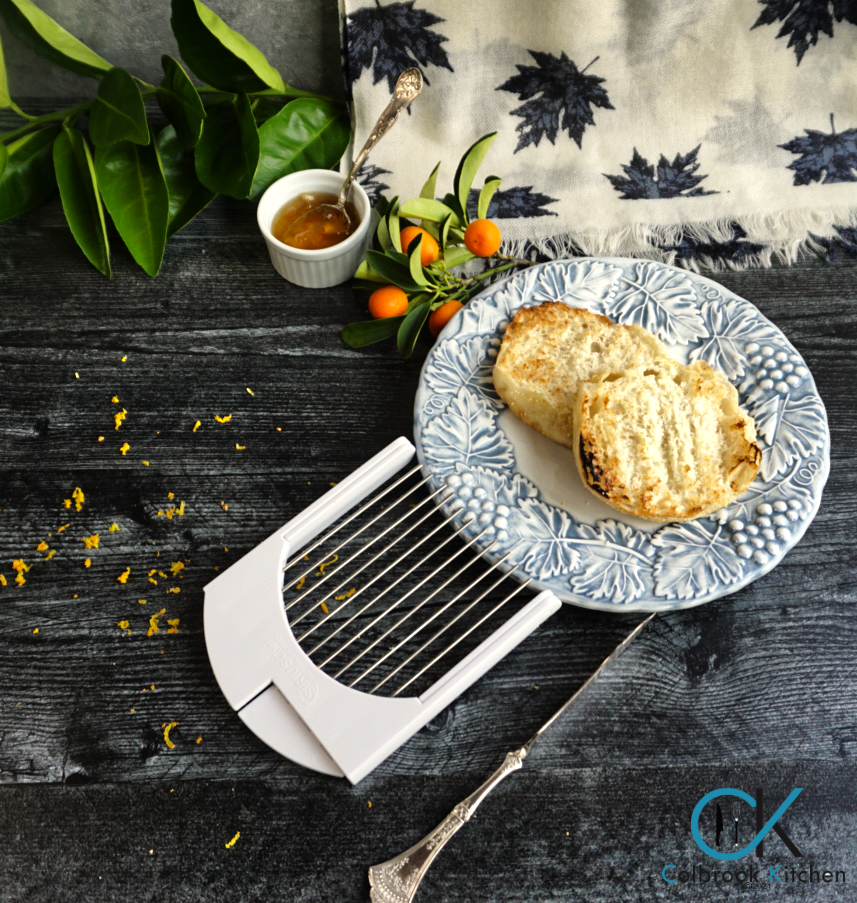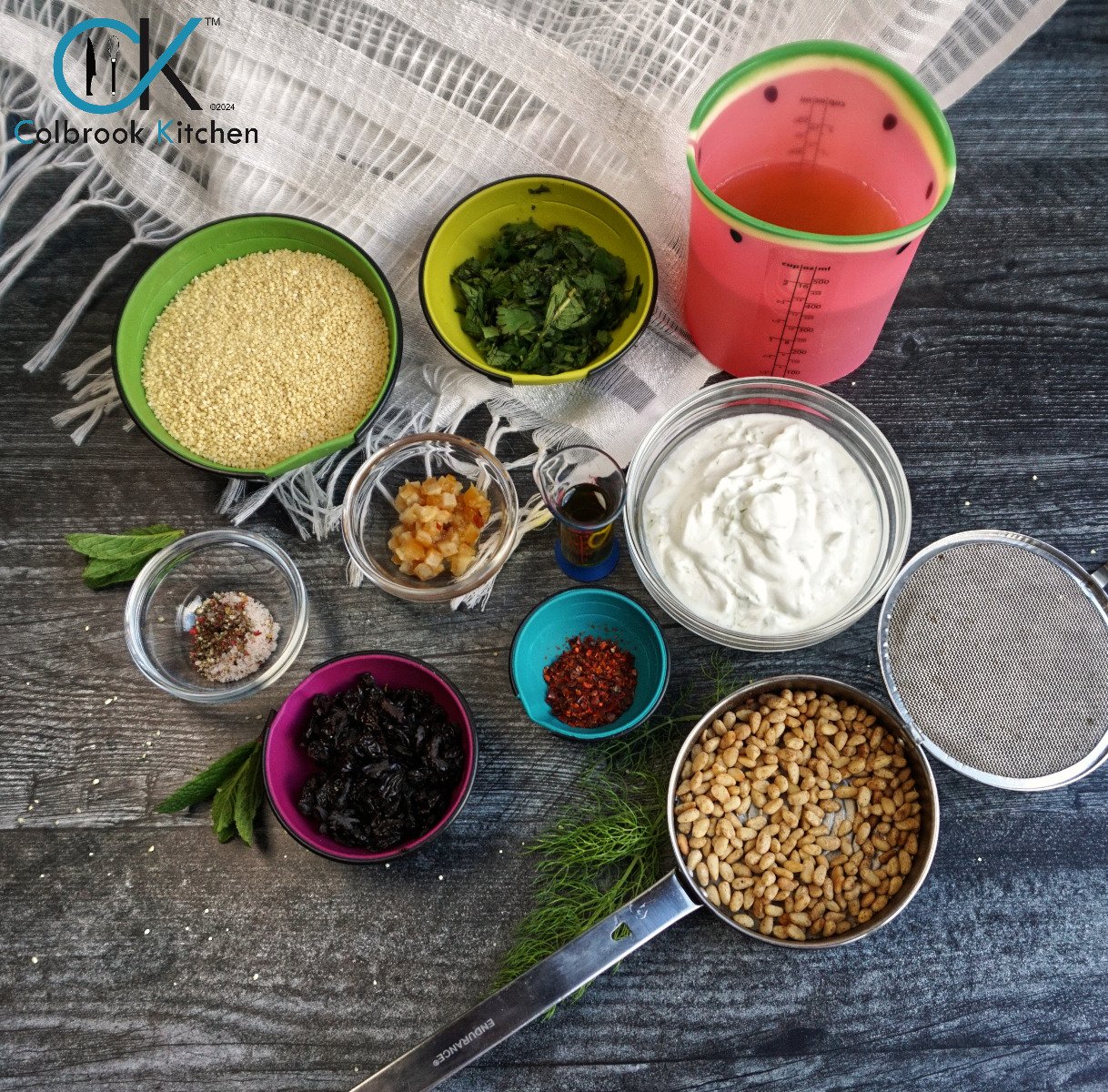Cool Tip: Know Your Microwave

Using a microwave oven can provide a number of benefits, from cooking food faster, to getting more tender results, to freeing up a burner on your stove. We covered some of this in our earlier Cool Tip. But each microwave operates just a little differently: each has its own personality. So if you’re planning to do more than melt butter or make popcorn, you might want to read further.
To begin with, the wattage (power) of your microwave can range from 600-1,400 watts or more. Needless to say, that is a very broad range! Think of this as the difference between the lowest and highest flames on your gas cooktop or grill …. So the first thing you need to know is the wattage of your microwave. You can find this easily in your manual, or, if you’ve misplaced your manual, you can often go online to the support section of the manufacturer’s site, identify your model and find out the microwave output. That’s your wattage.
So whenever you approach a new microwave recipe, the first thing you want to know is what wattage was the recipe written for. Sometimes the recipe will tell you what wattage it was written for, but if it doesn’t, assume 800 watts and go from there.
Now, did you know that there’s a power setting on your microwave? We learned that only recently. And adjusting that can make a big difference in how your microwave works on a particular recipe. For example, I’ve been trying to work out how to make perfect wild rice in the microwave, and it didn’t work for me until I set the power down to 30%, almost a simmer.
So if the recipe says cook at half power, and you have a 1200 watt microwave, try it at 30%, and see if that works. There is bound to be some trial and error to get it right.
Finally, Cooking Time is the most important variable in Knowing Your Microwave. Higher power may require less cooking time, or not. And doubling a recipe does not necessarily mean doubling the microwave cooking time: some experts suggest subtracting a minute or two from the doubled number for best results.
Here’s a rule of thumb:
- Know your wattage
- Assume the recipe is written for 800 watts, unless specified otherwise
- Set your cook power to whatever percentage 800 is to your microwave wattage (e.g. if your microwave is 1000 watts, set your power level to 80%)
- Use the time specified in the recipe.
If your food is not cooked the way you want it, add additional time in 30 second to one minute increments until you get the result you want. You may also want to adjust the power. It will often be trial and error when you first tackle a dish, and you might burn a dish or two … and that’s OK too: that’s part of beginning to “know your microwave”. Once you perfect it, write down your power setting and time so you can repeat the success.
Enjoy!








